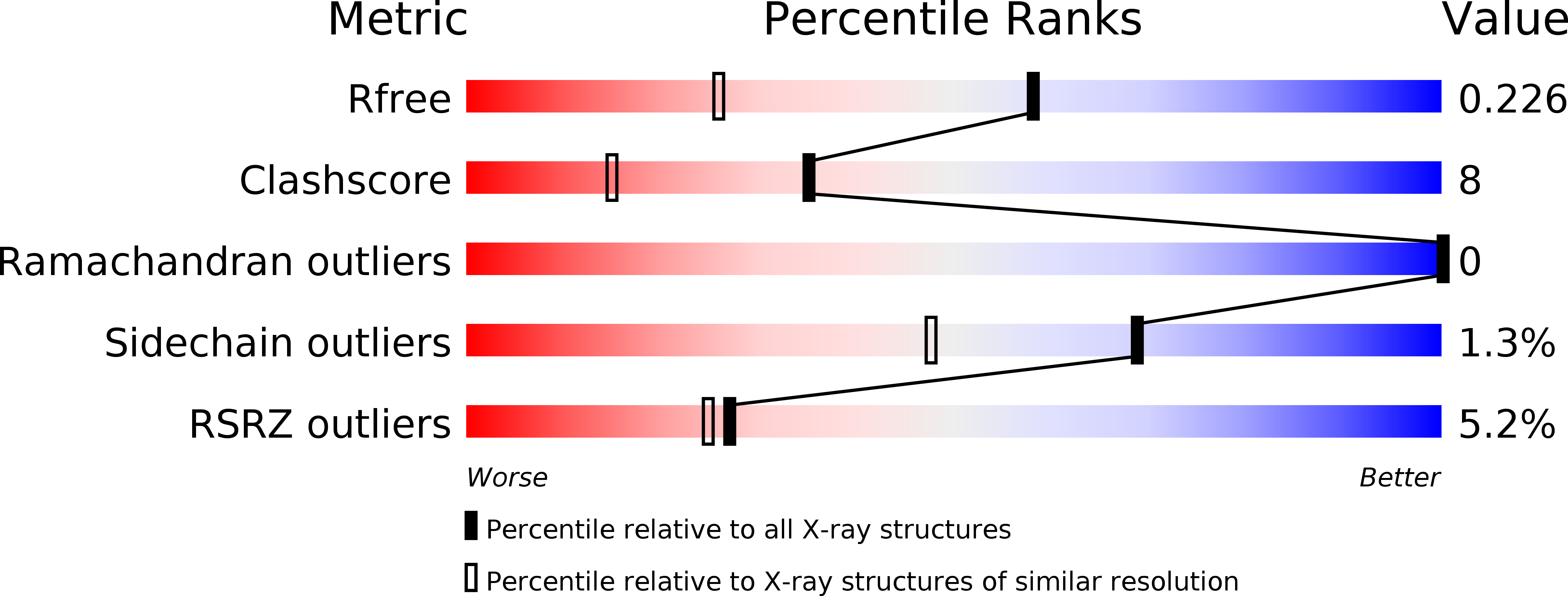
Deposition Date
2005-08-09
Release Date
2006-05-16
Last Version Date
2024-11-13
Entry Detail
PDB ID:
2AM9
Keywords:
Title:
Crystal structure of human androgen receptor ligand binding domain in complex with testosterone
Biological Source:
Source Organism:
Homo sapiens (Taxon ID: 9606)
Host Organism:
Method Details:
Experimental Method:
Resolution:
1.64 Å
R-Value Free:
0.23
R-Value Work:
0.19
R-Value Observed:
0.19
Space Group:
P 21 21 21


